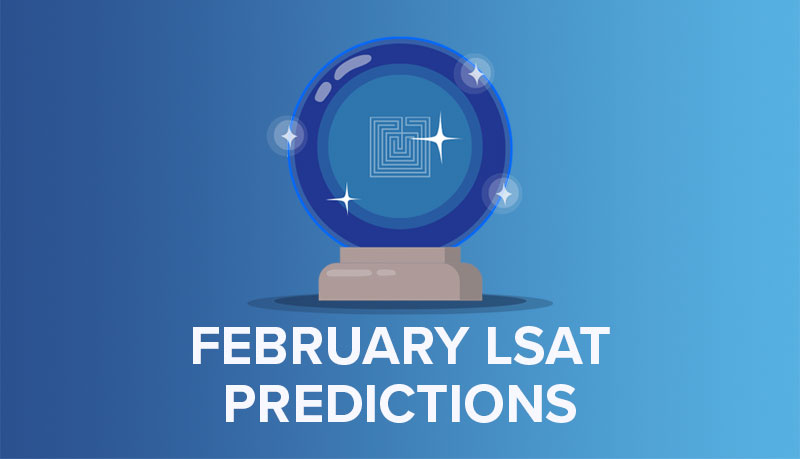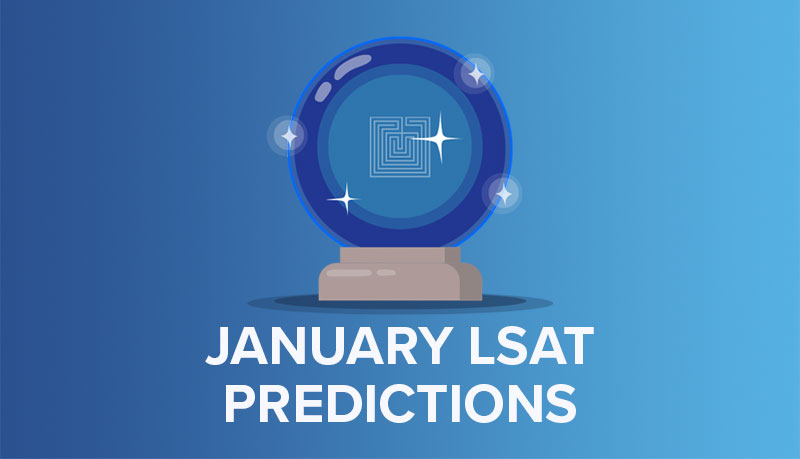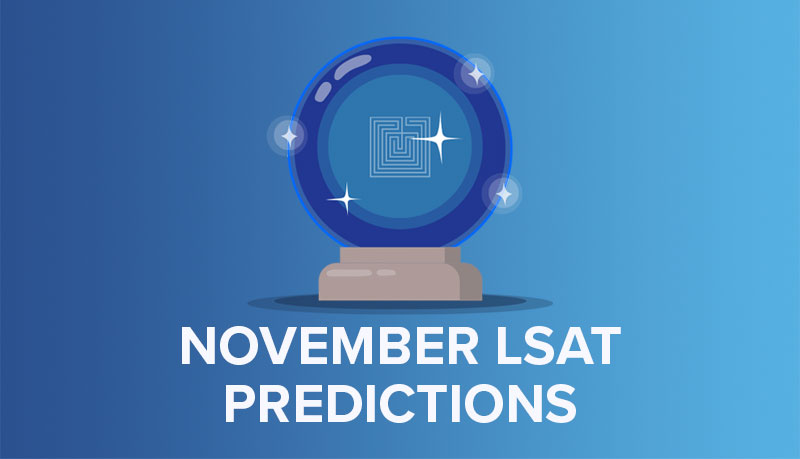It’s February and with a new month means the next LSAT is right around the corner! With this last week of studying leading up to the February LSAT, make sure to prioritize rest and review. Now is more about reinforcing what’s been working in the past than reinventing the wheel on the eve of LSAT test day. You also don’t want to overdo it.
If you’re studying more than two to four hours a day (and I wouldn’t recommend studying at all the day before the test), you’re going to be tired on test day. All that studying will be counterproductive. Review your anticipations and strategies, but you don’t need to complete any more practice tests or intense study sessions from here on out.
What Will Be On the 2025 February LSAT?
Logical Reasoning
LSAT Logical Reasoning boils down to making deductions, analyzing arguments, and working with flaws. You can expect at least half of the Logical Reasoning questions to deal with flawed arguments in some capacity. This includes:
- Flaw
- Parallel flaw
- Strengthen
- Weaken
- Sufficient
- Necessary crux
For these questions, make sure to prioritize figuring out what the argument is trying to do. This involves identifying the main conclusion and intended support and describing the logic of the argument. Then figure out what the flaws or assumptions in the argument are. If you can come up with any reason the conclusion doesn’t have to be true based on the premises, that’s the flaw in the argument.
Be careful to avoid strengthen or weaken answers that are not directly related to these gaps in the logic. Many tempting wrong answers will seem to strengthen the premises or conclusion(s) on their own without really zeroing in to fix what’s wrong with the argument. Remember, we have to accept the premises as true. We want to focus on strengthening or weakening the relationship between premises and conclusions.
On tougher questions in the back half of your February LSAT Logical Reasoning section, expect a healthy dose of tricks and traps to try to throw you off your game. However, it’s important to note that the fundamental task does not change on tougher questions. Instead, the LSAT will add difficulty in trickier role identification in arguments (i.e. multiple potential conclusions or conclusions and premises not linked with clear structural indicators) and tougher answer choice analysis.
If you’re having a tough time identifying the main conclusion, focus on the support structure of an argument. If there is a conclusion or premise indicator, start with that and see if you can build off of it. Just because there’s a conclusion indicator doesn’t mean it’s the main conclusion, but it does at least mean it’s a conclusion. From there, ask yourself if that conclusion supports a broader or stronger claim elsewhere in the stimulus.
When analyzing answers to relatively easy questions (first 10-14 or so), your anticipation will generally fit closely with the right answer. On tougher questions, think more functionally with your anticipation and stay open to answers that are getting at the same idea with different wording. If an answer can be translated to fit what you’re looking for without adding assumptions to the answer, it’s right. However, be careful of almost-perfect answers that add one or two elements that disqualify them.
More LSAT Help
🧠 An Introduction to the LSAT Logical Reasoning Section
📝 If You’re Studying for the LSAT, Memorize This List of Vocabulary Terms
Reading Comprehension
LSAT Reading Comprehension has been relatively stable over the past couple of decades. On the February LSAT, you’ll get exactly one comparative passage per section. You will be tasked with comparing and contrasting the purposes, tones, and viewpoints expressed within two different passages. For these, your main goal is to identify the relationship between the two passages and where they do (or don’t) overlap in scope, so you can quickly narrow down answers to just those overlapping or unique elements.
The other three passages will only have one author. Keeping the author’s perspective in mind is key to tackling these passages. You can expect one to two antithesis passages (two primary viewpoints expressed) and likely one thesis passage (one viewpoint expressed). There’s also an outside chance you’ll have a synthesis passage with three viewpoints expressed.
In each of these passages, it’ll be pivotal to identify the “whys” of the passage. Why does the passage exist in the first place? Why does a given paragraph exist in the context of the overall purpose of the passage? Finally, why did the author include a given detail in the context of that paragraph’s purpose? Expect the first paragraph to introduce the subject matter in a general sense, often focusing on the specific issue by the end of the paragraph.
Substantively, expect a mix of legal, science, history, and arts passages. The LSAT likes to mix up the subject matter so they don’t give students of different academic backgrounds huge competitive advantages. Make sure to zero in on the precise topic to help eliminate answers beyond the scope. A good rule of thumb is if an answer choice describes something that wasn’t discussed in the paragraph, it’s wrong (unless it’s inferable from something discussed in the passage).
More often than not, the right answers will zero in on the overall purpose, main point, and viewpoints of a passage. So, if you’re stuck, find the answer that seems the most closely related to the subject matter and viewpoints of a given passage.
Sign up to get expert tips and exclusive invites to free LSAT classes and law school admissions workshops!
Final Thoughts
The LSAT is a test of patterns and because it is a standardized test designed to give law schools a way to evaluate students on a level playing field, it is designed to be fair and predictable. This means you can trust the work you’ve put in on practice tests and approach the February LSAT the same way you’ve approached practice questions in the past. There will be nothing fundamentally new on this test that you haven’t seen before.
However, what might be different is adrenaline and nerves. If you are rushing through questions without applying strategies, take a few seconds to breath and reset. You don’t need to get every question right to excel on the LSAT. Prioritize being purposeful and efficient without rushing through your anticipation and analysis upfront. The LSAT consistently rewards diligence and anticipation up front. So, trust your efforts will pay off in terms of getting that point and finding the correct answer more quickly.
Further Reading
🛟 What To Do if Things Go Wrong on LSAT Test Day: Everything will go smoothly on your LSAT test day! But, what if it doesn’t? Find out what your options are!
⏳ How Long is the LSAT? LSAT Test Day Breakdown: LSAT test day looks different for all test takers. If you’re taking it at home, you have to account for setting up your workspace. If you’re testing at a test center, you’ll need to account for travel. Let’s break down each part of your big day.




